Let’s step back in time today and travel to an abandoned spa with healing waters in Běloves. These mineral springs have been known and used since before the end of the 14th century. In fact, Albrecht Václav Eusebius z Valdštejna (or Albrecht von Wallenstein) born 1583 and died 1634 was a Bohemian military leader and politician who offered his services, and an army of 30,000 to 100,000 men, during the Thirty Years’ War (1618–48), to the Holy Roman Emperor Ferdinand II. He became the supreme commander of the armies of the Habsburg Monarchy and a major figure of the Thirty Years’ War. He visited the healing springs to rejuvenate his men. Such quality mineral resources, in connection with the religious glory of many a miraculous healing, have been known since 1715.
The spring was mentioned as studánka Jákobova v Bělovci (or the fountain of Jacob) and its miraculous healing properties were recorded in 1750. Over time, people experienced various forms of healing and through their proven experiences, they attributed their wellness to the spring – it had the healing power.
Since the beginning of 1818, a spa was built around the springs was based on the beneficial effects of natural mineral water. In 1840 Princess Schaumburg-Lippe was miraculously healed from a serious illness and people flocked to the area for healing. From the beginning, many ailments were treated by the miracle water, including circulatory system diseases, musculoskeletal disorders, women’s diseases, nervous problems, rheumatism, gout, sciatica, women’s illnesses, vascular diseases and for those who just needed to rest.
All manner of building began to sprout near the springs. Originally there was a wooden spa building with 24 baths, boilers for heating water, an essential pilgrimage chapel and an inn for spa guests.
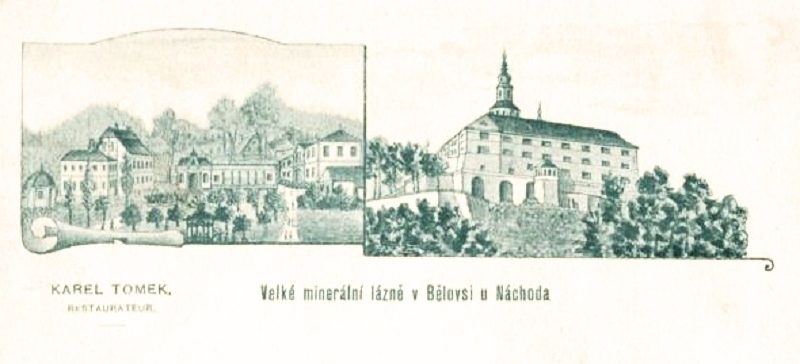
The all natural carbonated water, excellent climate and procedures had an excellent reputation at the time. There were a series of walking trails through the surrounding forests, where visitors would breathe the clean air, all recommended as part of the treatment. The pride of the spa was that guests would come back every year for a complete summer residency, in order to relax the mind health in this beautiful and healthy region.
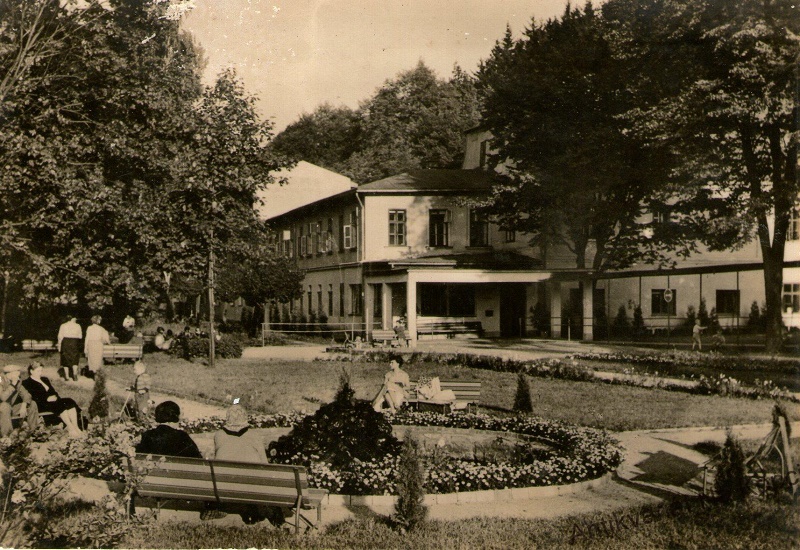
The period of greatest prosperity however was in the 1920s -30s.
In 1900, renowned bacteriologist and university professor of the Medical Faculty of Charles University in Prague, MD. Ivan Honl gained ownership and at that time, there was special attention to tuberculosis. Dr. Honl was the initiator of the Masaryk League against Tuberculosis.
Among the hills above the spa, Dr. Honl also built a hillside villa which was reserved for honored guests and his own family. He was a great lover of military history and he gathered a unique collection of weapons and paintings from the Middle Ages to the weapons of war in 1866. The rear portion of the spa and park areas around it originally belonged to the mill. Dr. Honl bought the land and set up a court to be able to partake in his favorites activities which he missed from his days at Charles University in Prague, tennis and Russian bowling. (His private military collection was later handed over to the District Museum in 1959.)
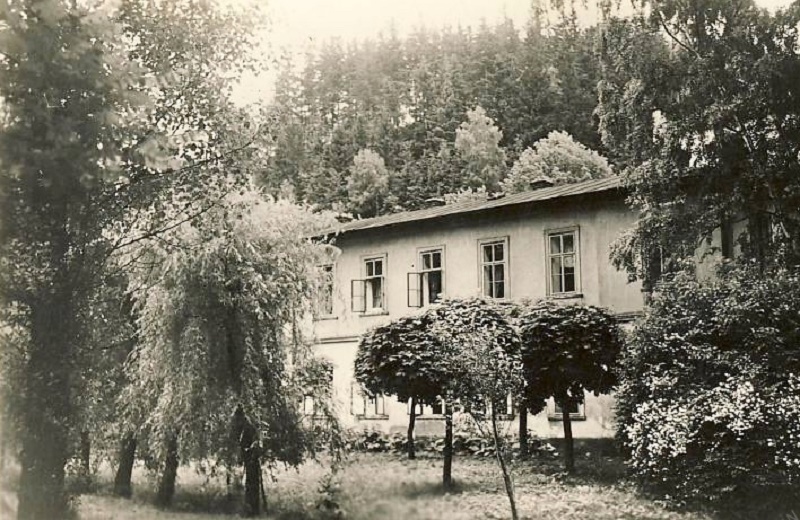
Circa 1930.
It was obvious to all who arrived that the spa and surrounding grounds were much cared for but in 1939, the wooden structures burned to the ground. Gradually, Dr. Honl had several new buildings constructed. He modernized the existing treatment facilities and contributed to the development of the sale of mineral water.
Dr. Honl would always return to the spa for weeks at a time to relax, play tennis and have fun. But he also managed to modernize the existing treatment facilities. He had cast-iron bathtubs with steps installed and also managed to increase sales of the delicious mineral water.
During the First World War (between the years 1914-1918) the spa operation was interrupted to utilize the space as a military hospital.
In 1931, Dr. Honl’s son, Doctor Vladimir Honl took over the spa with youthful enthusiasm. He was a well respected women’s doctor and he introduced many new treatments at the spa such as the use of sunlamps, electrotherapy, and vibrating massage. He also introduced coniferous baths and colonic type treatments, caring for digestion and intestinal wellness. Like his father, the main emphasis was to create a healing, healthy and calm atmosphere.
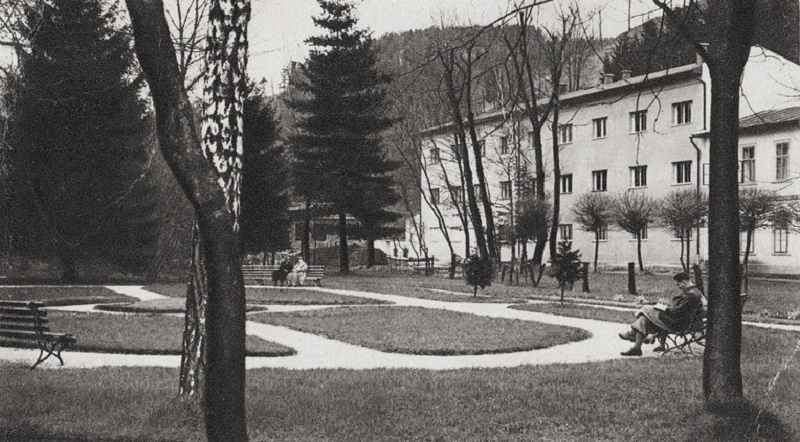
During its heyday, the spa was visited by many famous artists, writers and actors. Frequent guests included Alois Jirasek (Czech writer, author of historical novels and plays), Vlasta Burian (Czech stage and film actor, singer, comedian, footballer and film director), Eduard Kohout (Czech stage, film actor and television actor), Zdenek Stepanek (Czech actor who appeared in 65 films between 1922 and 1968), Konstantin Biebl (Czech poet), Alois Jirásek (Czech writer, playwright and politician, author of numerous historical novels and a representative of realism), and Jiřina Štěpničková (Czech actress).
Surrounded by incredible beauty, this was the land of the tales of Božena Němcová.
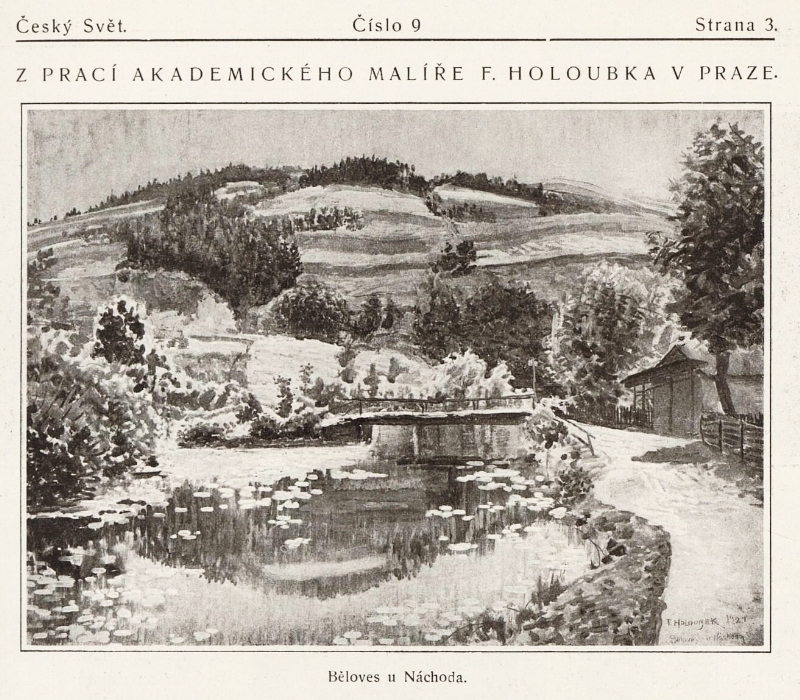
Český svět. Datum vydání: 30.11.1922. Číslo: 9
By the end of the 1930s, Vlastimil Šubert who was the cultural and promotional officer, began to promote the spa with full force. He began with the issue of information bulletin „Vaše Běloves“ (Your Běloves) and he let the print paper puzzle people by photographing around the spa area. Soon after he shot a promotional film about the spa operation, and he organized trips both near and far.
Ad which appeared in Typografia magazine, 1933.
The campaign also included the Ida brand of mineral water, and distribution was set all over pubs and restaurants around the region, as well as Prague.
Traveling back and forth from Marienbad, Doctor Vladimir Honl oversaw the professional level of the spa and its ongoing development and the neighboring area grew as well. People constructed private homes and villas to use during season with extra space to rent out when the spa was full. Even the Mayor Josef Jirásek built one.
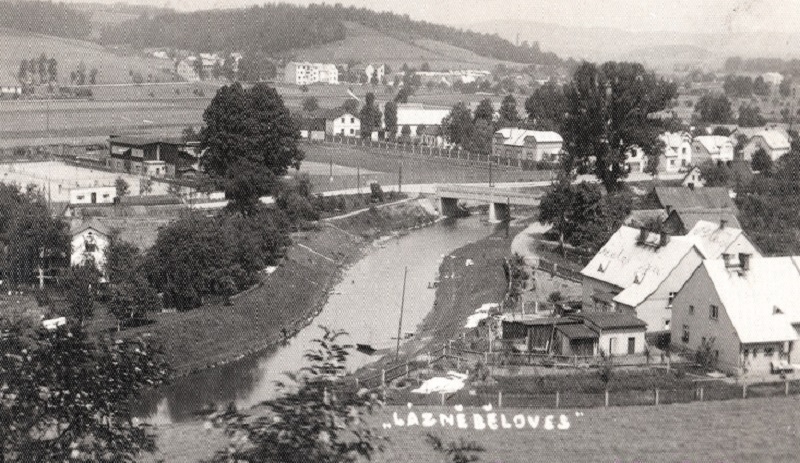
Outside the treatment of many serious diseases, there have been enforced methods of hydrotherapy including one modeled on the Bavarian priest Sebastian Kneipp, which consisted of hardening cold water in temperance and the eating and simple imitation of the life of our ancestors.
In 1933, Dr. V. Honl constructed the two-storey building. At the time, it was a very modern facility with hot water in every room and fitted wardrobes. It also included a new boiler with a high chimney for central heating.
The ground floor of the new building was established for Scottish showers and expanded massage areas while the top floors housed guests in comfort. Meanwhile in 1936, his father, Dr. Ivan Honl passed away in Prague.
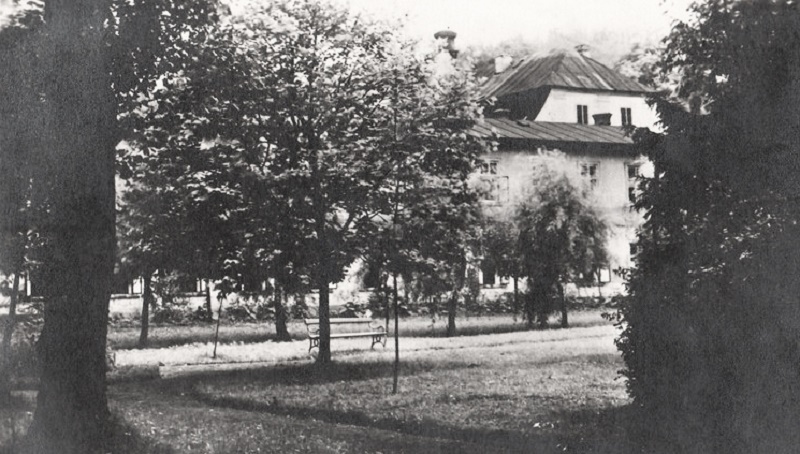
The reconstruction operation installed additional treatment facilities, a pool, Scottish showers and the like. After the war, they were supplemented with sauna facilities as well. Their function, however, narrowed to cleansing baths used until the 1980s and then quite disappeared.
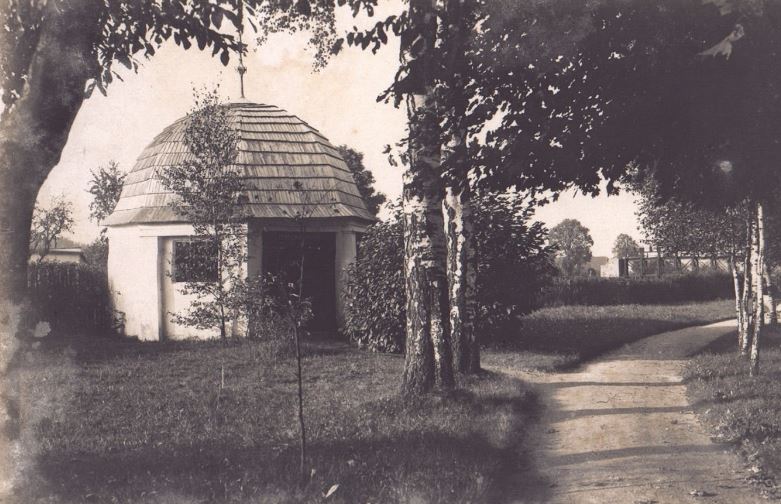
The official season at the spa began May 1 and ended on September 30. Later that date was extended to October 31st and after the 1950s, the spa became a year-round operation.
In 1937, Dr. Baxa joined the staff and in 1940 Dr. Stanislav Pavel and Dr. Jiří Joachym also came on board. During the occupation, Dr. Baxa had a way of bringing a lot of patriotic people together, using the spa restaurant as a place for them to meet. In 1943, they agreed to host Hitler Youth at the hospoda u Hejzlarů (the pub at Hejzlar) because it provided great cover. The political events of the time attracted those who were knowledgeable in French and they had a radio where they would listen to what was happening in the war. Other notable people who attended were Bohumil Polana, a librarian, Václav Štěpánek, former member of the Prague City Council and František Jaroš, chief executive of the Ministry of Transport at the time. Dr. Homl was willing to allow these meetings because he knew the importance of all of these men coming together to debate and to receive the freshest news of what was happening on the front. The area of Náchodsko was also hiding the poet, Konstantin Biebl, a known tuberculosis sufferer and most believe he was hidden at the spa. But at the time, no one asked questions.
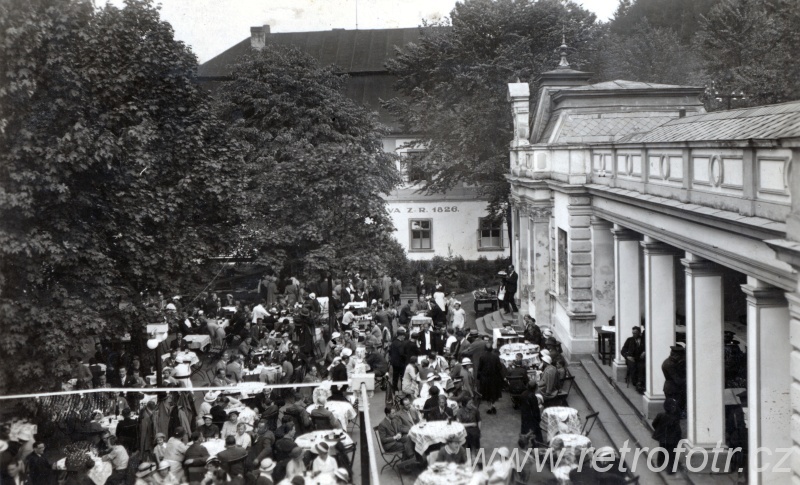
Source: Retro Fotr.
In 1944, the owners were allowed to construct a single-storey building they called Pavel, in which was installed a 10 stream bubble bath. After the war, the building was used as a warehouse and then the entire building was demolished in the 1960s. Perhaps this is because it’s where the German garrison was during the war and traffic around the area was severely restricted. Many said that the true soul of the spa should be credited to Marie Livorová, the right hand to Dr. Honl.
After the end of the war and liberation, life in spa went back to normal, the number of guests even increased for a while and once again, people all around were making Jakubské pilgrimages to the healing waters. Surely they needed it after the war. But the political climate was unsure and perhaps it was only a coincidence that Dr. Honl married an American woman around the same time that the spa was placed under national administration. He wanted to flee with his new bride to America, but instead he was imprisoned from preparing to leave the country. Later, he worked in several Prague hospitals already as an ordinary physician.
In 1950, the spa was nationalized and taken over completely by the Ústřední národní pojišťovna (Central National Insurance Company) and František Divíšek took over all spa operations. In 1952, another transfer was made at the spa and it fell under control of the Ústřední Radu Odborů (ROH) or Central Council of Trade Unions. Finally in 1954 it passed to the state health care administration where the public health authorities called it Státní lázně Běloves u Náchoda or State Spa of Běloves at Náchod.
Each administrative change brought more disorganization and chaos to the spa as each had their own idea of how the spa should be run and operated. The cultural referent of the 1950’s Zdeněk Slepička did little to rebrand or promote the spa, after all – everything had already been set in the 30’s by Vlastimil Šubert who was a marketing genius. All of the materials that were printed, including the film and the newpaper ads paid many years in advance in foreign publications were still running. Still Slepička had a job to do. Even though he had a minimal pitch in comparison to what Šubert had done, there were convenient foreign currency terms. For trips by train, guests would receive a 50% discount. Mr. Šubert also organized bus trips to Velká Deštná, the highest mountain of the Central Sudetes and the Orlické Mountains in the Czech Republic. Slowly he began to get the hang of it and he created paper coasters which included the Ida Water logo and had catchy slogans such as “A glass of Ida does wonders.” But because of the constant changing of owners, it all ended on a large pile under a carport and at the mercy of the wind and the rain. Meanwhile, poor Dr. Vladimir Honl eventually died in Prague retirement home. He never was able to return to the spa which he and his father so lovingly built up and cared for.
Sadly, it eventually sat mismanaged, abused, extorted, abandoned, neglected and deserted for many years until through restitution in 1992, it was returned to its rightful heirs. But by that point the damage had been done. Because of a lack of guests and problems with sanitary conditions which had significant impact, in 1996 the spa closed down and declared bankruptcy.
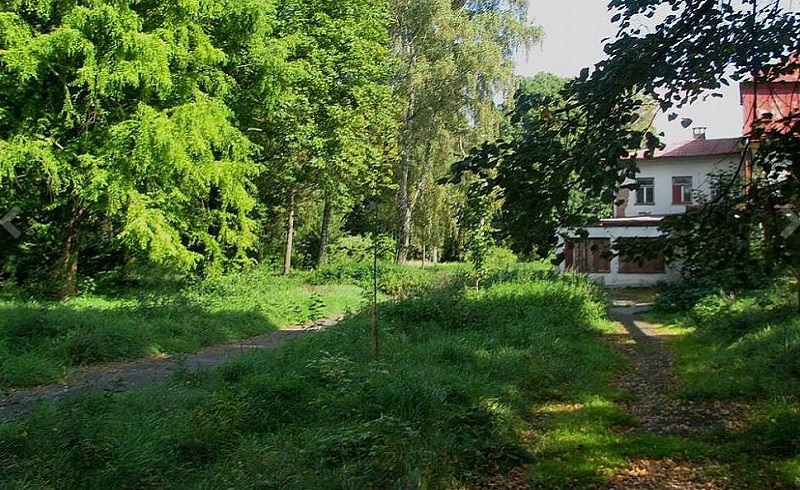
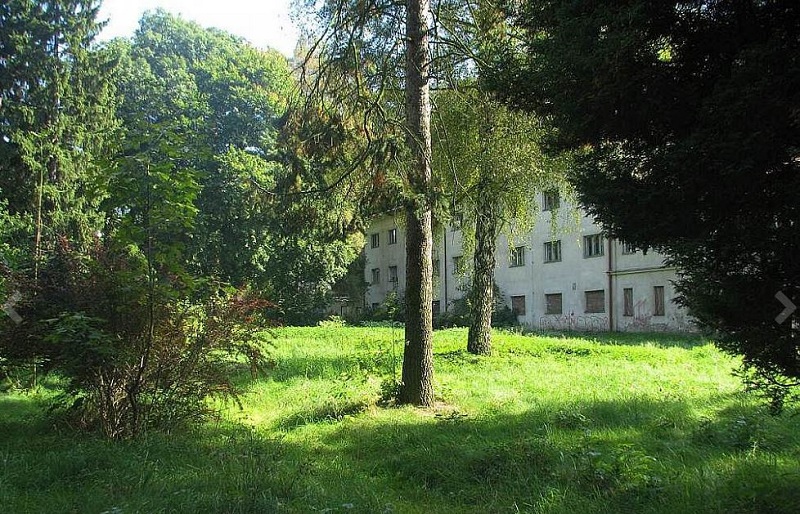
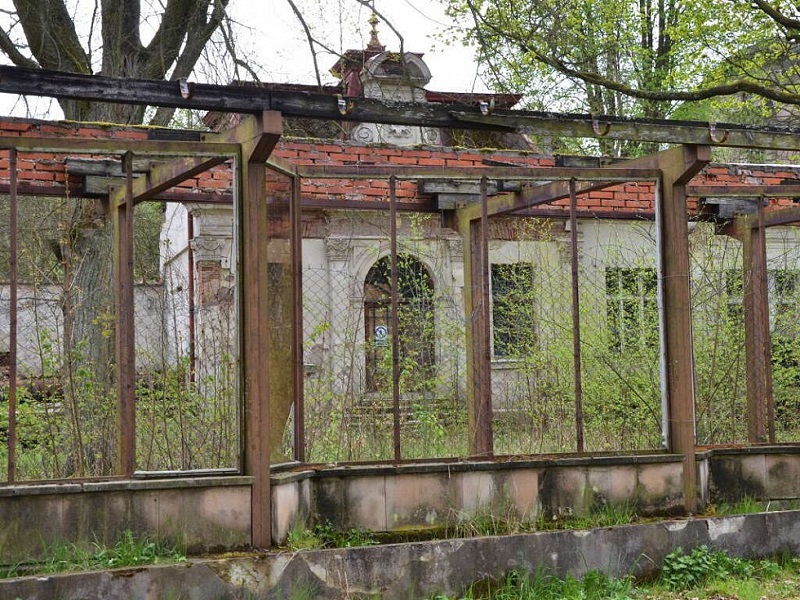
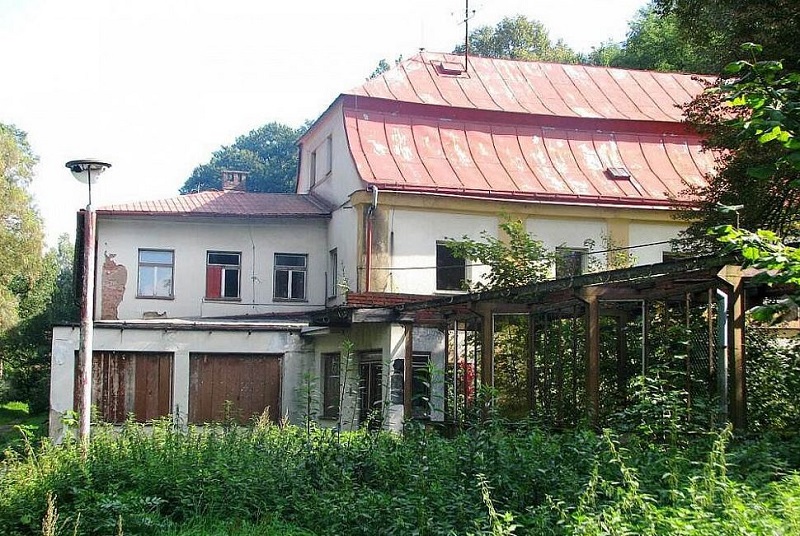
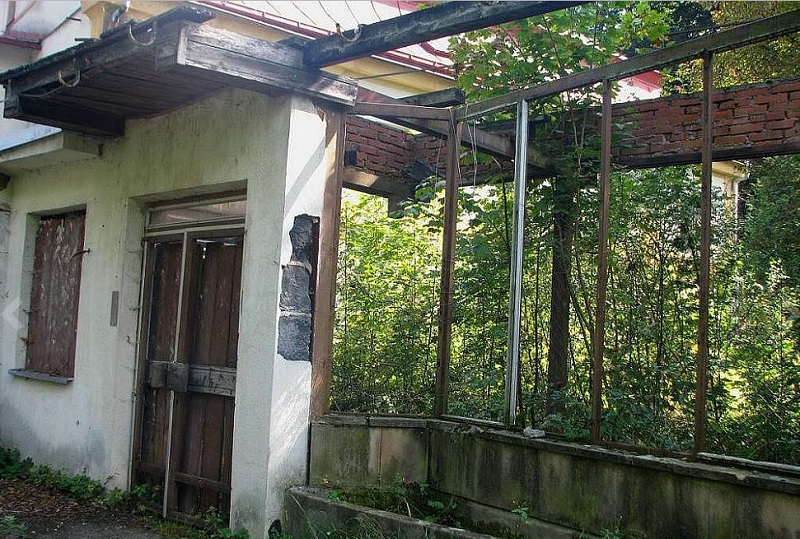
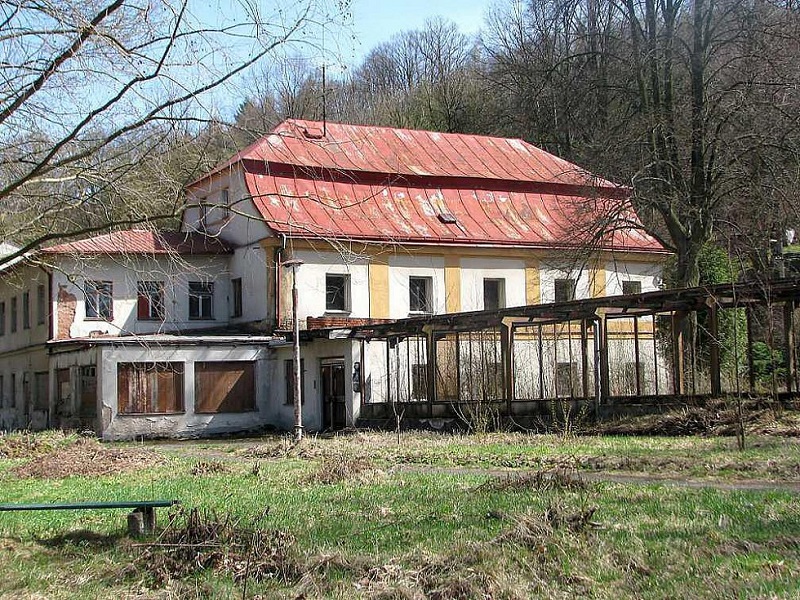
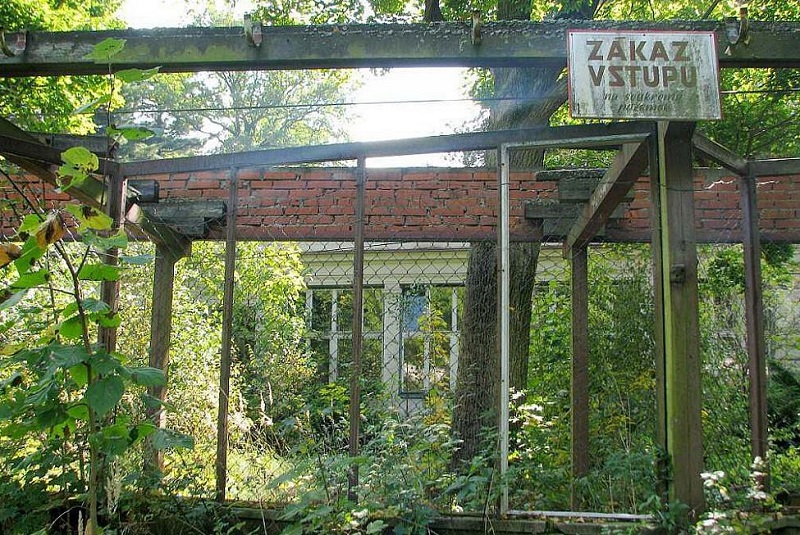
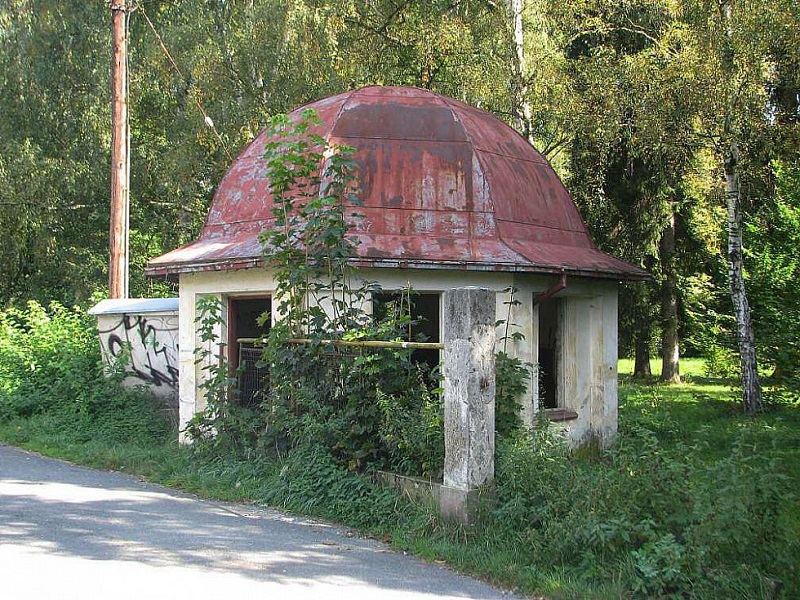
Photos: Nachodsky Denik
Can it ever be brought back to it’s former glory?
In 2000, the spa and a new bottling plant which was built (conveniently no longer included in the restitution) was purchased by businessmen Miroslav Borůvka and Marian Khalifa who tried their attempt at bringing it back, unsuccessfully. Wrought with property disputes, the sanitation issues, the control and ownership of the healing water – all of this contributed to the declining reputation of the spa. Combine that with weather, age and the effects of the former regime and you have a complete deterioration of a once grand spa. It bankrupted and fell to the city who offered it for sale in 2009 and even tried to auction it off, also unsuccessfully.
Looking at it today, the spa is a pathetic sight. What failed to sell, is being stolen and the property suffers regular break ins, vandalisms and late night partying by teenagers.
What was once a healing wonderland of incredible ruins now lay in ruin.
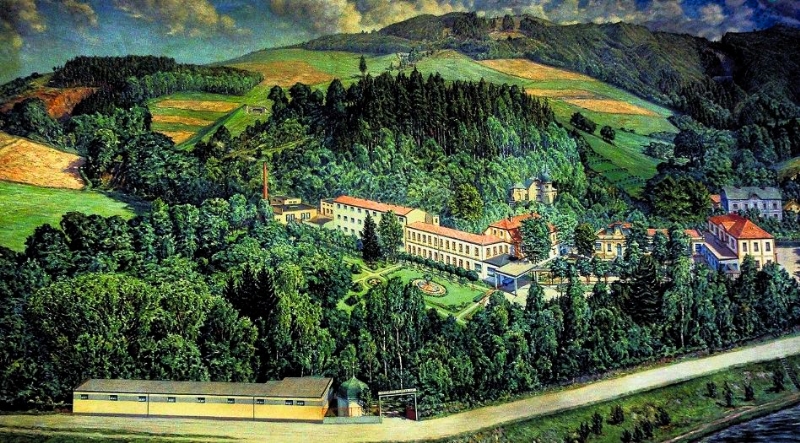
All that remains is an exhibition on the premises of the chateau Nachod, and locals remain optimistic that the once famous Spa Běloves will enjoy somewhat of a revival. The buildings which are part of the public zone have been cleaned up and maybe there is hope for this property once again.
Those interested can visit and learn about this history of the spa and the healing mineral water bottler, Ida. It’s tragic that the baths no longer exists because this was once a very successful story.
Several unsuccessful attempts have been made to restore the baths. For now, visitors can just enjoy the history.
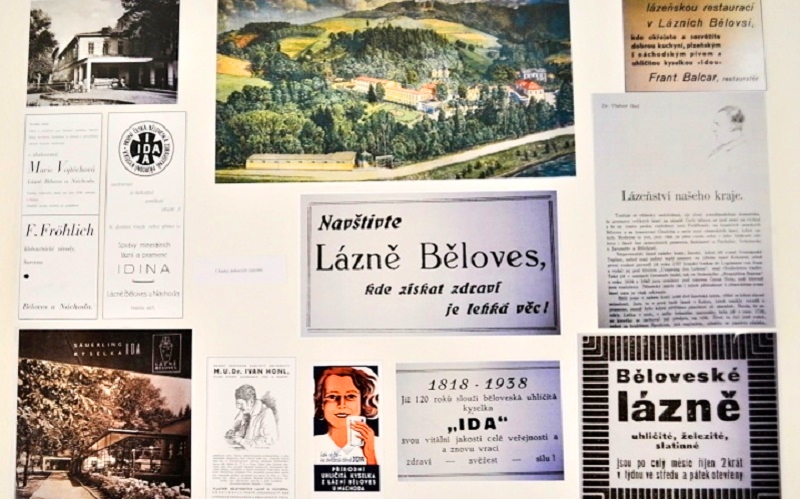
The exhibition documents the history of spas and the bottler Ida. It also maps unsuccessful attempts to restore the baths.
Photo: Helena Horáková.
We have David Troutnar to thank for this. As administrator to the campus, he managed to save and collect a large number of documents, contemporary promotional materials and even the actual remains of the bottling devices.
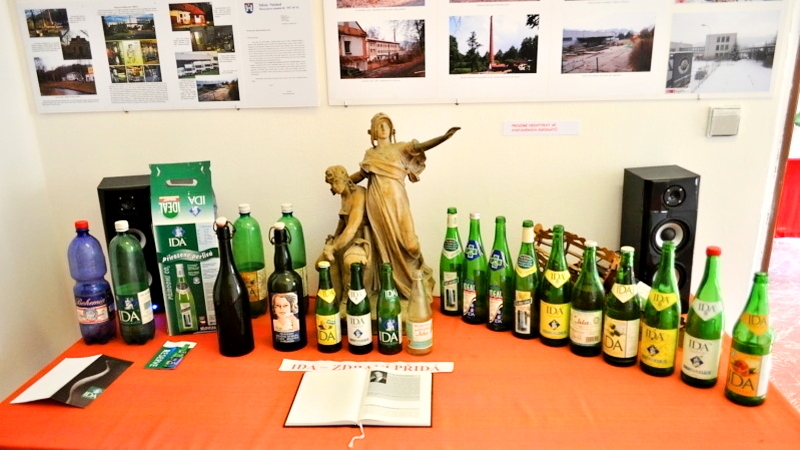
The private Ida bottler collection of bottles. Some still contain the original content. Photo: Helena Horáková.
Six rooms contain the various construction plans, historical photographs, purchase contracts, minutes of meetings, and many other documents which are on display.
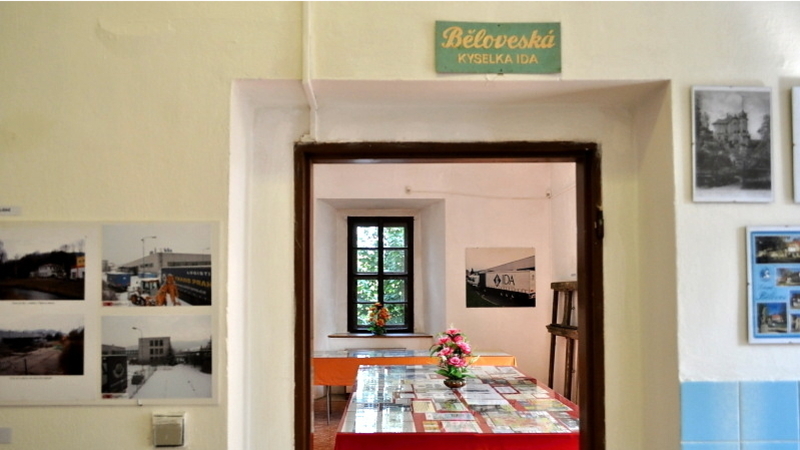
David Troutnar spent a year preparing the exhibition. Photo: Helena Horáková.
According to David, one of the most interesting and most valuable items on exhibit is an original window frame of the oldest spa building from the first half of the 19th century. The piece dates back to around 1825. Its original building once housed the Helena restaurant, the remnants of which still stand today.
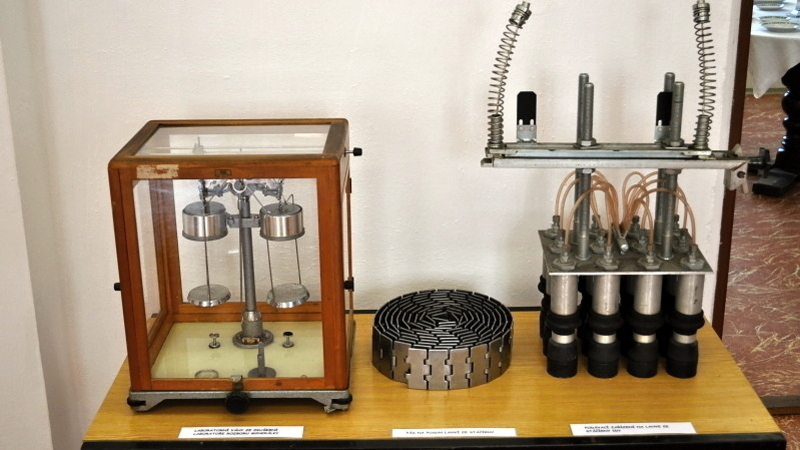
Salvaged remnants of the hardware used by the bottler Ida. Photo: Helena Horáková.
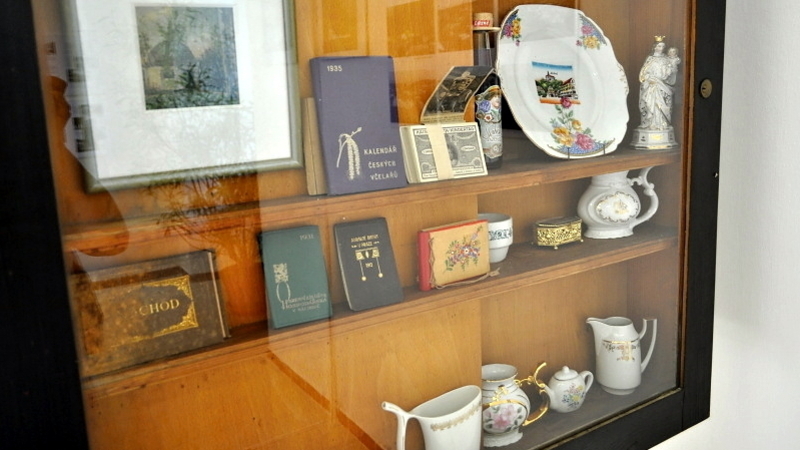
The exhibit includes three-dimensional objects, nostalgic memories of its bygone glory days. Photo: Helena Horáková.
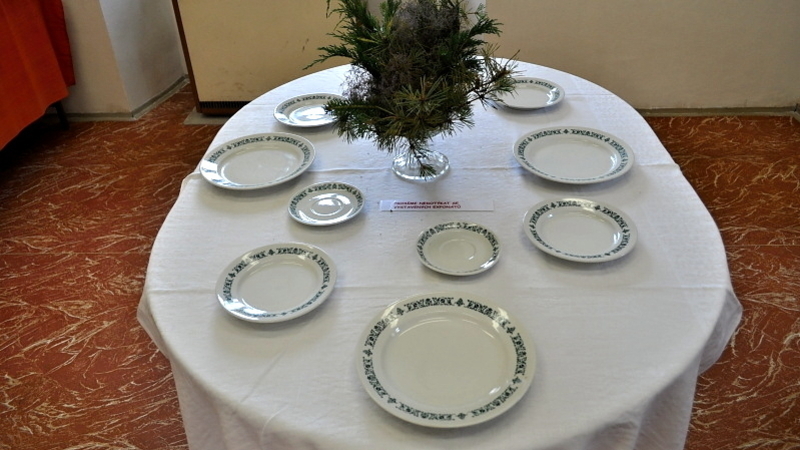
Part of the exhibition is dedicated to the memory of former Mayor of Běloves, Joseph Jirasek. Photo: Helena Horáková.
While people continue working to try to rebuild the spa, the location could lose its distinction as a spa town, because of course – how can you be a spa town with no functioning spa? Their situation appears hopeless. There’s also serious competition because only 5 kilometers away and a hop over the Polish Border is Kudowa-Zdrój, known the world over as a spa city surrounded by mountains in southwest Poland. It is also known for its healing mineral waters and the Poles have considerable investors and resources available to them to continue to grow, improve and market their spa.
One step at a time. There may be hope yet.
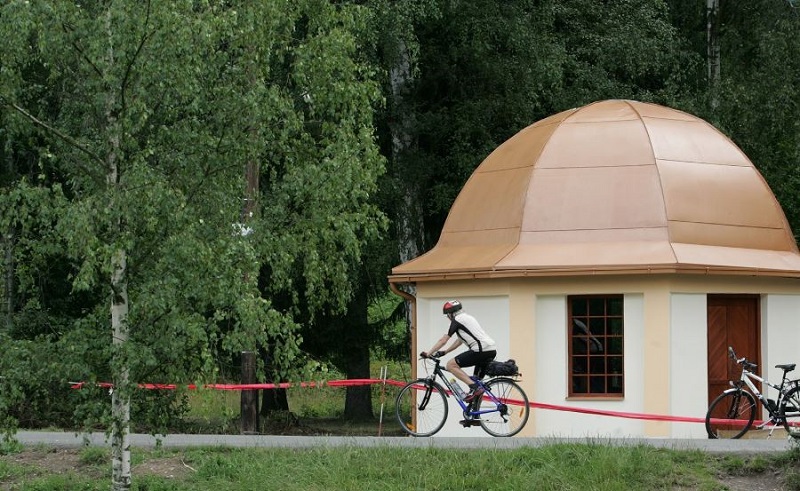
The exhibition can be found at the Nachod castle courtyard. It’s located on the 1st floor near the entrance to the snacks, ice cream sales and restrooms. It is only open seasonally, so make sure to phone ahead to check hours.
And of course, if you cannot visit in person, here’s a video to enjoy today.
Short news piece in Czech. Another news piece in Czech.
What a shame it’s fallen into such disarray.
Thank you for your support – We appreciate you more than you know!
We know that you could spend hours, days, weeks and months finding some of this information yourselves – but at this website, we curate the best of what we find for you and place it easily and conveniently into one place. Please take a moment today to recognize our efforts and make a donation towards the operational costs of this site – your support keeps the site alive and keeps us searching for the best of our heritage to bring to you.
Remember, we rely solely on your donations to keep the project going.
Thank you in advance!
If you have not already subscribed to get TresBohemes.com delivered to your inbox, please use the form below now so you never miss another post.




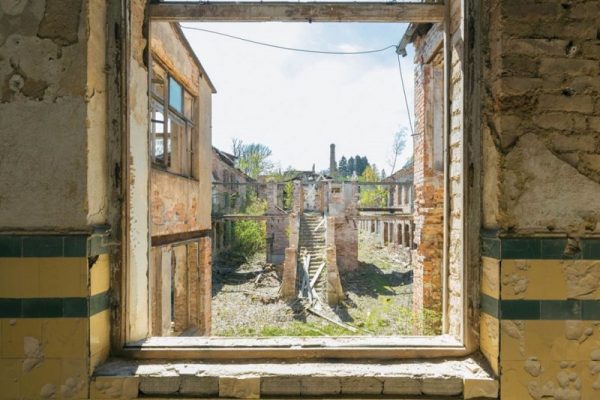
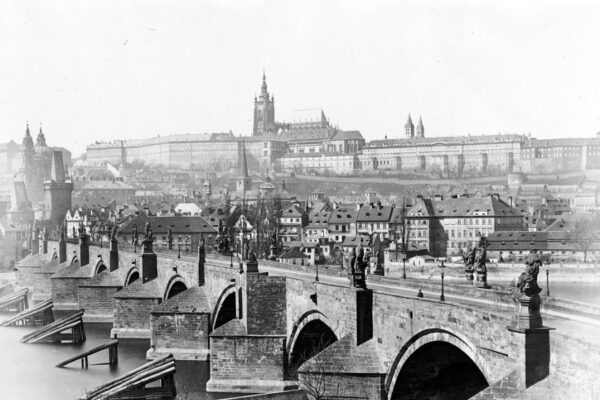
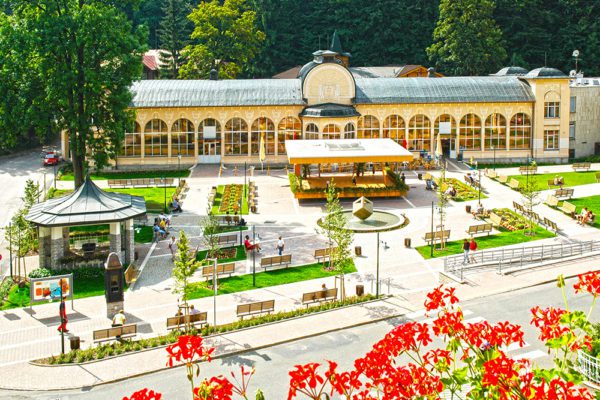















What a shame. It must have been a beautiful place to visit in its day.
Czechoslovakia is filled with spa waters and spas, and many Czechs still use them regularly. It’s a shame this one was abandoned. The time of communist rule and nationalization ruined so much of Czech history and destroyed so many places.
I’d love to move to Chechia and buy a property like this, just to discover a healing spa and a rich history such as this. I love your blog and everything you share.
There are dozens of such spas in all of Europe that have met the same fate.
If only we had a time machine.